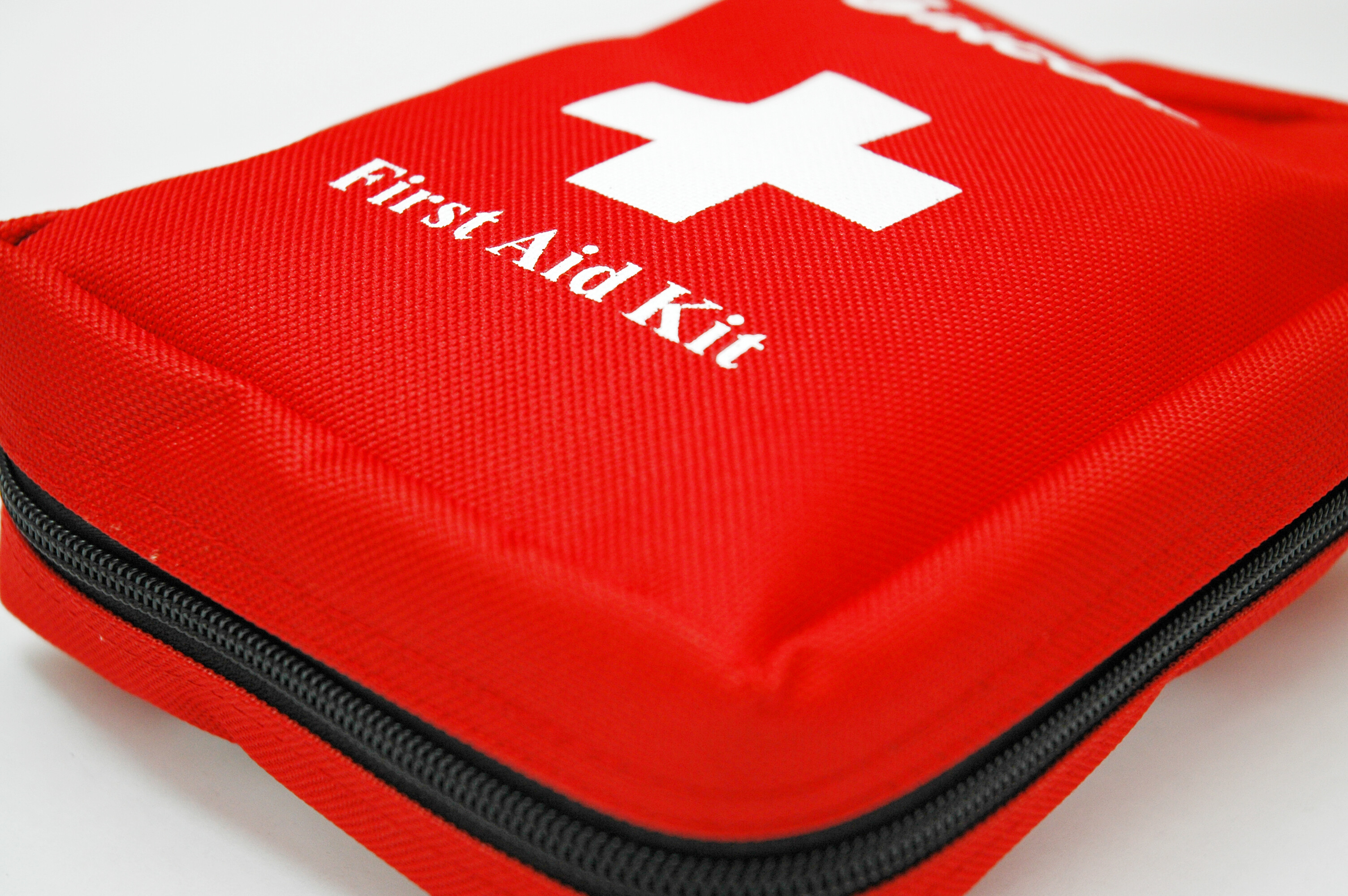Does Your Office Need a First-Aid Kit?
As the leading federal agency on health and safety, the Occupational Safety and Health Administration has specific guidelines regarding first aid in the workplace. Read more to learn how to keep your office safe and compliant.
The following specialized workplaces are subject to unique first-aid requirements established by the Occupational Safety and Health Administration (OSHA):
- Permit-required confined spaces.
- Logging operations.
- Electric power generation, transmission and distribution.
- Commercial diving operations.
- Construction for electric power transmission and distribution.
OSHA also has a medical and first-aid provision that applies to General Industry employers, including typical office-based environments. This rule states, "In the absence of an infirmary, clinic or hospital in near proximity to the workplace [that] is used for the treatment of all injured employees, a person or persons shall be adequately trained to render first aid. Adequate first aid supplies shall be readily available."
Per OSHA, "near proximity" means a three-to-four-minute response time for professional medical treatment of severe injuries or illnesses. A longer response time, such as 15 minutes, is acceptable for low-hazard environments, such as offices.
What goes in an office's first-aid kit?
OSHA defines what constitutes first aid, including such elements as the use of nonprescription medications and hot or cold topical treatments. However, it does not say exactly what contents should go in a first-aid kit. Instead, the agency recommends that employers follow the American National Standards Institute's minimum first-aid kit requirements, which are grouped into two categories: Class A and Class B.
Class A kits are generally suitable for small injuries, such as minor wounds and burns, and low-risk office environments. Items include but are not limited to:
- Adhesive bandages.
- Adhesive tapes.
- Topical antibiotic.
- Antiseptic.
- Breathing barrier.
- Cold pack.
- Eye/skin wash.
- Burn treatment.
- Trauma pads.
- Instructions for obtaining emergency assistance.
Class B kits are geared toward more high-risk environments, such as factories, warehouses and outdoor locations.
Your first-aid kit should be tailored to the needs of your work environment. When assembling the kit, be sure to consider all factors, including number of employees and types of incidents likely to happen at your workplace. Further, if your state has a regional OSHA program, take note of any first-aid recommendations or mandates it might have.
Does first aid comprise CPR and AEDs?
OSHA mandates Cardiopulmonary Resuscitation (CPR) training for specialized industries such as logging operations; permit-required confined spaces; and electric power generation, transmission, and distribution. Outside that, OSHA does not require CPR training. The agency also does not require the use of automated external defibrillators (AEDs), though many employers provide them due to their lifesaving capabilities.
Is first-aid training mandatory?
OSHA's general industry medical and first aid rule says that if no medical facility is close by — or in near proximity — to treat injured employees, the employer must ensure that someone at the workplace is "adequately trained to render first aid." Ideally, at least one or two people in your office should know how to administer first aid.
For details on implementing first-aid policies and training, see OSHA's Best Practices Guide: Fundamentals of a Workplace First-Aid Program.
No matter how hazard-free your office may seem, injuries and medical emergencies can occur. It's vital that you have a well-stocked first-aid kit handy at all times.
Shop for First-Aid Kits in our online OSHA Compliance Store.







Reply a Comment